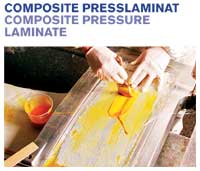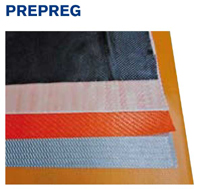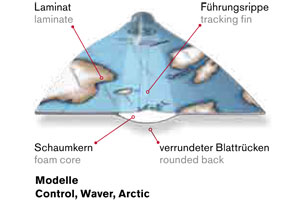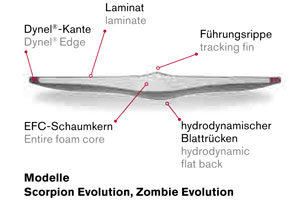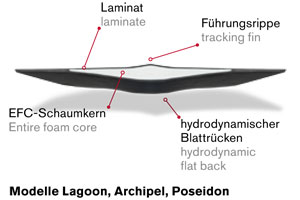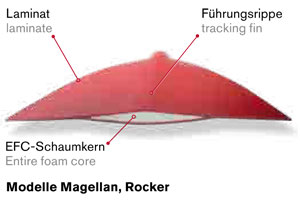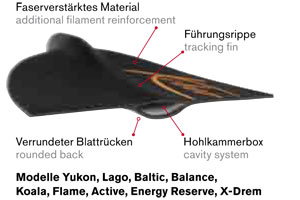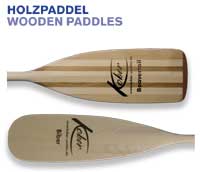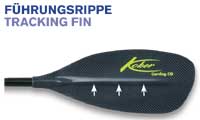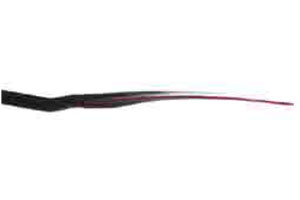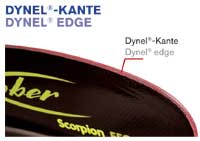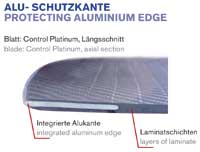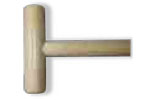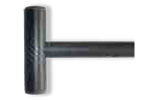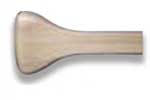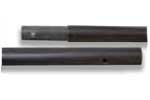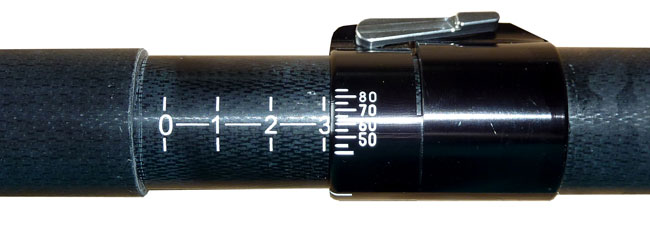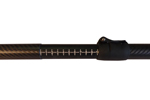Material info
In the last years paddle sports has considerably changed and varied. New disciplines have come up such as Park and Play, Boater Cross or Stand Up Paddling, and also materials and technologies have been advanced and improved. 
 We at Kober & Moll have taken the chance and have designed the right paddle for any different use. That’s why of many models there are special versions for ladies, teenagers and kids. The pictograms at the respective product indicate availability.
We at Kober & Moll have taken the chance and have designed the right paddle for any different use. That’s why of many models there are special versions for ladies, teenagers and kids. The pictograms at the respective product indicate availability.
As different as the purposes are, one thing is common to all paddles: They need to be good! In the case of paddles this means to exactly meet expectations and use.
This is what a canoeist expects from a good paddle:
- Pleasant weight, well balanced
- Good performance in the water (silent, calm run, precise tracking, little sticking water at release) due to perfect hydrodynamic design
- Supports effortless paddling by high efficiency
- Anti-fatigue by ergonomic features and a flexible shaft
- Sturdy construction, long life
- Good price-to-value ratio
- Supports canoeists in their action and promotes paddling fun
The TechInfo explains, what crucial details are part of it, what sophistication our paddles contain and why a high performance paddle not necessarily is the first choice for a paddling novice.

Paddle blades
Technologies I Constructions I Materials
Different high quality fibers (carbon, aramid, glass) are soaked with special resins and pressed into paddle blades under high pressure in heated molds. Use, weight and price range determine the specific selection of fibers and resins to produce optimum blades. The lightweight self-supporting foam core provides additional stiffness and buoyancy. Reinforcements at the tips protect the blades against quick wear. In this way, using best materials, lightweight, stiff and durable paddle blades are made.
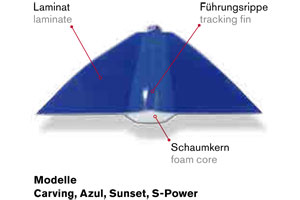
Paddling style

High angle style, mostly used by highly skilled paddlers, is the more active style. The blade moves close to the boat, your pushing hand moves above shoulder level. This technique is more efficient as the boat drifts off track only slightly at each stroke. The blades used are short and wide. The paddle length is a bit shorter, too.
Paddle blades
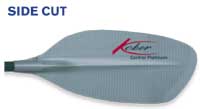
With side cut blades (blade area tilted down from shaft axis) the stroke can be set closer to the boat which leads to a faster and better response, especially at vertical moves and high angle paddling style. Originally developed for slalom competition, this shape has become more and more popular among athletic whitewater paddlers and freestylers in the last years.
· Moderate side cut for whitewater and slalom
· Aggressive side cut for freestyle
Paddle shafts

All aluminium shafts processed at Kober & Moll are seawater resistant.
Varying according to use, we are offering three different types:
- Touring and easy WW, Ø 30 mm, anodized
- Kids’ paddles with a smaller diameter, Ø 28 mm
- WW and polo, heavy duty shaft Ø 30 mm, anodized
- Grip areas are covered with insulating shrink tube and are oval-shaped to improve ergonomics, varying according to use.
Die Griffbereiche sind mit kälteisolierendem Schrumpfschlauch überzogen und je nach Einsatzzweck, für bessere Ergonomie ovalisiert, nicht nur oval aufgedoppelt.
Speziell für kleine Hände bieten wir einige Modelle mit kleinerem Schaftdurchmesser an (Grizzly, Little Bär, Rafting, Trophy, Economy).
Die Hände können so den Schaft leichter und sicherer umschließen.
Canoe paddle handles
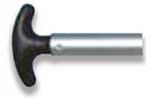
Adapted to the hand’s shape.
Provides exact control of the paddle and makes manoeuvring easier. Preferred in swift waters.
Models: Stand Up, Leader, Pioneer, Contra, Little Bär, Traveller, Dragon Training
Split Systems
In general a one piece paddle is more stable, less vulnerable and lighter. It can also be paddled more efficiently. Split systems in the shaft are sensitive, wear out and faster and need more care. Thus the decision in favour of a split paddle needs to be wellconsidered.
Advantages:
• Small packing-size for transport
• Adjustable length (depends on model) for use with different paddlers or boats
• Adjustable feather angle (depends on model) for different wind conditions
Care instructions:
• Careful use
• Take apart after paddling and clean from sand, salt and dirt with fresh water
• Point loads, rolling with ground contact, impact with the boat on jumps/waterfalls and poorly designed bridges can lead to breakage.
• Never put loads on the split system
• Lock completely before use
• Protect the split system with foam tubes during transport in the boat
Materials | Construction
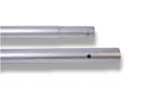
For aluminium shafts. Works like tent poles and is locked by a spring button. 60° right and left feathered.













